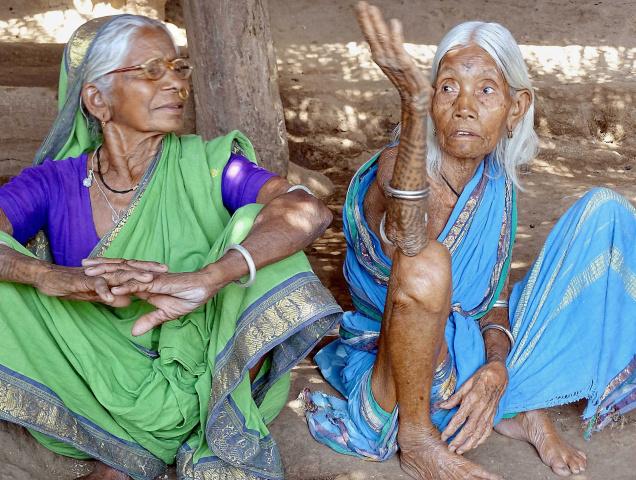
An open well at Marlavai village is connected to legendary anthropologist Christopher von Furer-Haimendorf, who conducted anthropological studies here
“You don’t stumble upon your heritage. It’s there, just waiting to be explored and shared,” opined famous Canadian singer Jamie Royal Robertson aka Robbie Robertson, apparently while talking about the importance of heritage.
In the currently parched tribal heartland of Adilabad district, at Marlavai village in Jainoor mandal to be precise, an abandoned open well is waiting to be rediscovered, repaired and recognised as a heritage structure. The open well is connected to legendary anthropologist Christopher von Furer-Haimendorf, who conducted anthropological studies here and designed the Land Transfer Regulation to protect Adivasis from exploitation, during his stay in the village between 1941 and 1949.
Deputed by the Nizam of Hyderabad to look into the problems of Adivasis of Adilabad, especially Raj Gonds, Haimendorf, in his capacity as Advisor to the Nizam on Backward Classes and Tribal Affairs, chose Marlavai to establish his permanent camp on the invitation of Lachu Patel, an articulate Gond from the village, according to Hyderabad-based social anthropologist Urmila Pingle. “It was Lachu Patel who had assured Haimendorf that Marlavai had a good well with sufficient water,” she wrote in her paper titled ‘C.von.Furer-Haimendorf: Half a century of his imprint on tribal welfare in Andhra Pradesh’.
“The Adilabad highlands had water scarcity even in those days, and the open well of which Lachu Patel talked about belonged to late Kanaka Hannu, one of two Gonds who emerged as teachers from the Teacher Training School which the anthropologist established at Marlavai,” said Kanaka Ambaji Rao, the president of Haimendorf Youth Organisation at Marlavai. “All the families in the village supplied water to the Haimendorfs twice daily by turn,” he added. “The couple were given three or four pots of water in the morning and evening, but they had their bath once in three or four days only. They washed their own clothes and linen,” recalled nonagenarian Rajubai, the wife of Hannu master, about the life of the anthropologist couple at her village. “The well was in use until 1986,” recalled Soyam Raju, a farmer from the same village. “It was nevertheless used sparingly as the government had dug an open well in 1962,” he added.
“Though dilapidated, the well located about 200 metre from the village needs to be repaired. It can even be put to use as the level of water in it is about 10 feet deep at this time,” the farmer suggested.
source: http://www.thehindu.com / The Hindu / Home> National> Telangana / by S. Harpal Singh / Marlavai(Adilabad Dist.) – May 09th, 2016